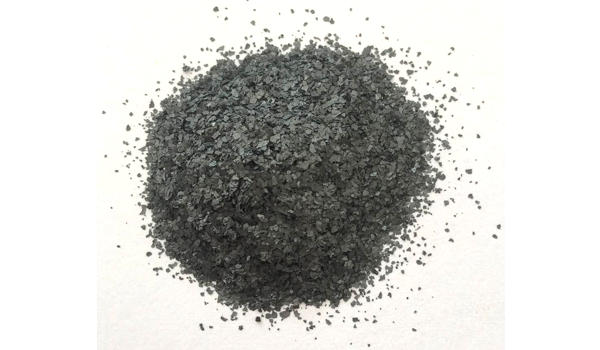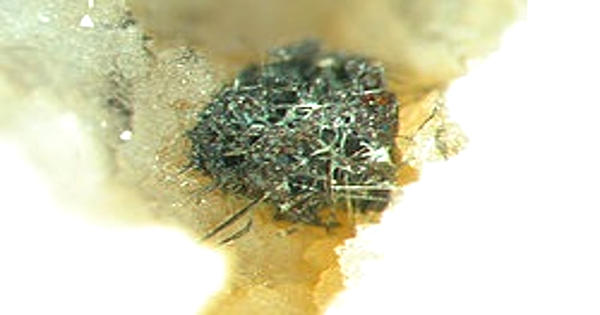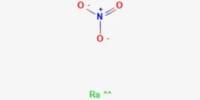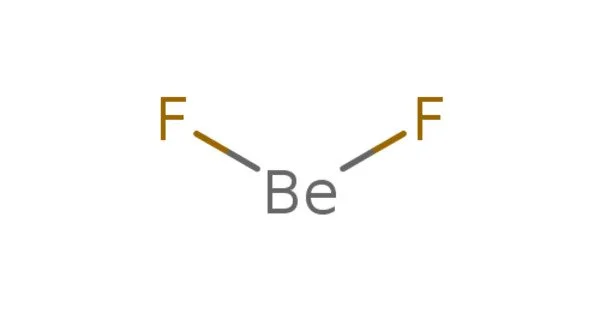Nickel sulfide is an inorganic compound with the formula NiS. Nickel sulfide minerals such as pentlandite can, in general, be separated from their gangue by flotation using a thiol group of collectors like xanthates and alkyl dithiophosphates in the presence of a variety of activators, depressants, and dispersants. It is a black solid that is produced by treating nickel(II) salts with hydrogen sulfide. It is a dark green to black colored, crystalline inorganic compound that produces toxic gases upon heating.
Many nickel sulfides are known, including the mineral millerite, which also has the formula NiS. It is an insoluble carcinogen that is thought to act through the production of free radicals. Nonstoichiometric forms of nickel sulfide are known, e.g., Ni9S8 and Ni3S2.
Structure
Like many related materials, nickel sulfide adopts the nickel arsenide motif. In this structure, nickel is octahedral and the sulfide centers are in trigonal prismatic sites.
Nickel sulfide has two polymorphs. The α-phase has a hexagonal unit cell, while the β-phase has a rhombohedral cell. The α-phase is stable at temperatures above 379 °C (714 °F) and converts into the β-phase at lower temperatures. That phase transition causes an increase in volume by 2-4%.

Properties
A nickel sulfide mineral, usually occurring in long hairlike crystals and sometimes used as a nickel ore. Aside from being useful ores, nickel sulfides are the products of desulfurization reactions, and are sometimes used as catalysts.
- Molecular Weight: 90.7584
- Appearance: Black powder
- Melting Point: 797 °C
- Boiling Point: 1388 °C
- Density: 5.8 g/cm3
- Solubility in H2O: Insoluble
- Exact Mass: 89.907419
Synthesis
The precipitation of solid black nickel sulfide is a mainstay of traditional qualitative inorganic analysis schemes, which begins with the separation of metals on the basis of the solubility of their sulfides. Such reactions are written:
Ni2+ (aq) + H2S (aq) → NiS (s) + 2 H+ (aq)
Many other more controlled methods have been developed, including solid state metathesis reactions (from NiCl2 and Na2S) and high temperature reactions of the elements.
Occurrence
The mineral millerite is also a nickel sulfide with the molecular formula NiS, although its structure differs from synthetic stoichiometric NiS due to the conditions under which it forms. It occurs naturally in low-temperature hydrothermal systems, in cavities of carbonate rocks, and as a byproduct of other nickel minerals.
Uses
Nickel sulfide is used in lithium batteries, as a catalyst in the petrochemical industry and is used in the manufacture of silicate-oxide nickel ores. Exposure to this substance can cause severe dermatitis, skin and asthma-like allergies and affects the lungs, kidneys, gastrointestinal tract and neurological system.
Information Source:
















